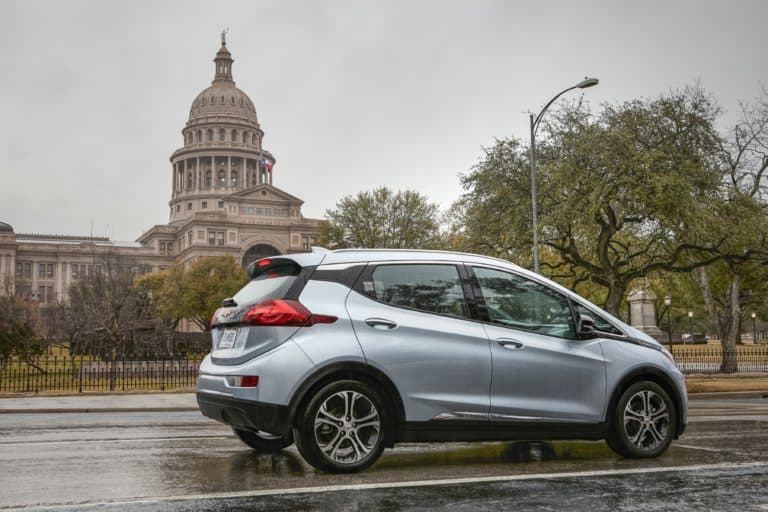General Motors has been testing its self-propelled cars on roads since 2016. But now it appears that a number of “unexpected technical challenges” have emerged. One of them is difficulty with “identifying whether objects move or not”, according to sources from Reuters.
The cars would have difficulty with other vehicles that doubt and stop when they ride along rows of parked engines or bicycles. Sometimes they don’t even recognize pedestrians. General Motors (GM) previously had the goal of bringing self-propelled taxis onto the road in 2019, but that goal may now be in jeopardy. No part of its development is in fact on schedule.
CEO Kyle Vogt told Reuters that in the early development of the cars there were “probably phases in which we put together systems that didn’t meet the requirements we needed for the launch”. “According to him, the problems have been solved before the vehicles take to the streets.
“With ten engineers you can put a couple of sensors on a car, put a computer in it and let it drive around for a while,” says Vogt. Making a commercial product is “about 10,000 times more difficult”.
GM announced in January that it intends to produce vehicles without steering wheel or pedals from 2019. It also received a $2.25 billion investment from SoftBank and a $2.75 billion investment from Honda to develop its cars.
Other problems
Several other companies have also had problems with the development of self-propelled cars. In August, for example, it was claimed that Waymo’s cars have problems when they have to go around the corner. The technology had difficulty predicting people.
In addition, the cars of Tesla and Uber have caused fatal accidents with drivers and pedestrians.
This news article was automatically translated from Dutch to give Techzine.eu a head start. All news articles after September 1, 2019 are written in native English and NOT translated. All our background stories are written in native English as well. For more information read our launch article.